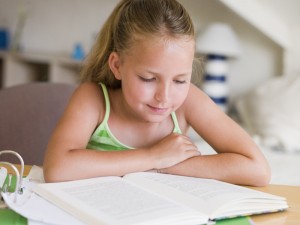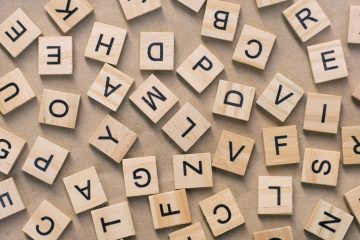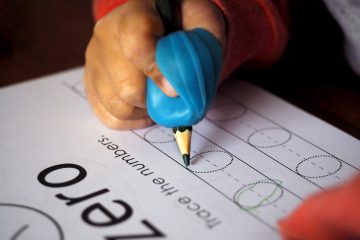 Whew! Your child can finally read those library books on her own. Your job helping with reading is finished, right? Not so fast! Many parents fall into the trap of thinking they no longer have to participate once their child learns how to read.
Whew! Your child can finally read those library books on her own. Your job helping with reading is finished, right? Not so fast! Many parents fall into the trap of thinking they no longer have to participate once their child learns how to read.
Your child may know how to sound out words now, but that doesn’t make her a proficient reader yet. The purpose of learning to read is to be able to understand what it is you’re reading. Children can read an entire book and then not have a clue about the storyline or information when they are finished.
As your child becomes more comfortable with books that have longer story lines and more characters, your job now is to ask questions that will foster his developing comprehension skills. You can ask your child to pause from time to time while reading to examine his understanding of a story with questions such as:
What do you think will happen next?
Asking children to guess what might happen in a story gives them practice with making predictions. Research indicates that making predictions can be an important aid to overall comprehension, as readers draw upon their understanding of plot and character to guess what might happen next.
How do you think the character is feeling?
Often books will give clues about how a character is feeling without explicitly stating it. For example, a writer might say, “The children all laughed, and Martha hung her head,” rather than, “The children made fun of Martha and Martha felt sad.” In the first sentence, a reader would have to infer that “Martha felt sad” based on an understanding of the situation. Making inferences can therefore be an additional tool in supporting comprehension.
Does that remind you of anything that ever happened to you, or another book you read, or anything else you know?
Making connections can be an additional component in overall comprehension. A child might make a connection between the current book being read and another book. This is often called a text to text connection. An example would be if you were reading a book about a carnival with your child, and the book reminded your child of a different book, perhaps about the circus.
Another type of connection is called text to self, when a reader makes a connection between a book and something that happened to him or her personally. So continuing with the example- the book about a carnival might remind your child of when he/she went to the circus.
A third type of connection is called text to world. An example of this would be if your child connected the book about the carnival to something he/she had once heard about carnivals and what they were like.
Can you picture what is happening in your head?
Visualizing, or making a mental picture of the characters, setting, and action in a story are great ways to improve comprehension of text. It’s like watching a movie in your head while you read. This also personalizes your child’s interaction with the text, making it more memorable and meaningful.
◊ ◊ ◊ ◊ ◊ ◊ ◊ ◊ ◊ ◊ ◊ ◊ ◊ ◊ ◊ ◊ ◊ ◊ ◊ ◊ ◊ ◊ ◊ ◊ ◊ ◊ ◊ ◊ ◊ ◊ ◊ ◊ ◊ ◊ ◊ ◊ ◊ ◊ ◊ ◊ ◊ ◊ ◊ ◊ ◊ ◊ ◊ ◊
Making predictions, making inferences, making connections, and visualizing are all important comprehension skills. Asking simple questions such as the ones suggested above can offer your child practice with these skills in the enjoyable context of your daily reading routine. Click here for more ways to improve reading comprehension.


